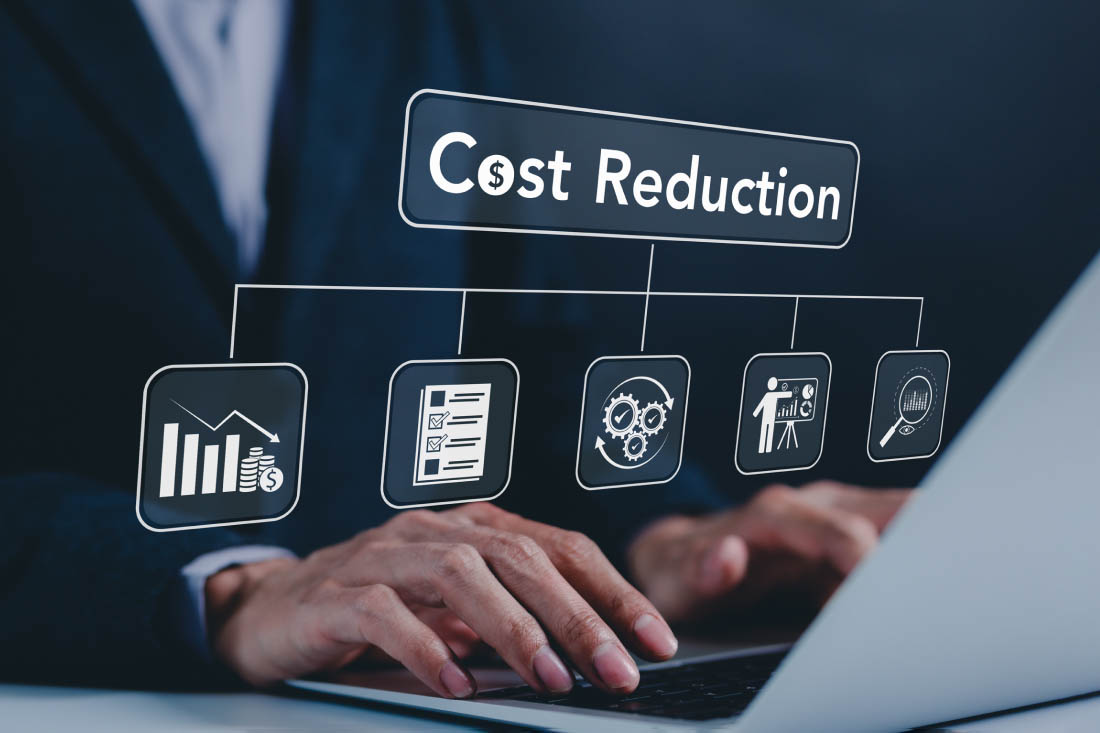In 2011, one of the world’s most successful CEOs made headlines in virtually every major news outlet when he made a bold statement: “We focus on the employee the most.”
At a time when most businesses concentrated on customer satisfaction, The Container Store prioritized its people. As a result, the company spent 17 years on Fortune’s list of the “100 Best Companies to Work For” and experienced turnover rates far lower than what most of its competitors endured.
Since then, thousands of other organizations have followed suit. People-first cultures now span virtually every industry — and for good reason. Companies have caught on to just how big an impact employee experience can have on the bottom line.
What is employee experience?
Employee experience is exactly what the name infers: It’s what happens when an employee interacts with your organization. This journey begins the moment someone starts your onboarding process and continues all the way through to their exit interview, with many moments in between. The daily interactions they have, the culture they experience and the technology they use all impact your employee’s experience.
Managing the employee experience goes beyond mere job satisfaction to encompass the physical, emotional and cultural aspects of your work environment. It also goes hand-in-hand with employee engagement, since an employee’s day-to-day experiences play a critical role in how motivated someone is to drive long-term company success.
How does a positive employee experience boost ROI?
A truly effective employee experience strategy — one that focuses on more than just increasing employee retention and reducing turnover rates — can generate significant returns on investment (ROI). After all, an employee may be generally satisfied with their work hours and compensation but have no interest in your organization’s long-term vision and goals. But focus on the full experience, and you can achieve many results.
Organizations with robust employee experience initiatives tend to have higher levels of productivity, customer satisfaction, revenue and retention. Here’s how a positive employee experience impacts performance in each of these areas:
Increased productivity
When you create an environment that makes people genuinely happy to be at work, productivity gains are bound to follow. That’s because people who are part of an employee-first work environment tend to be more engaged with their work.
Teams that scored at the top quartile of Gallup’s employee engagement analysis were 18% more productive (and 23% more profitable) than those who scored at the bottom. And that’s no small feat. Disengaged employees currently cost the world a whopping $8.8 trillion in lost productivity.
Better customer satisfaction
When you put your employees first, a positive customer experience is bound to follow. Engaged employees are highly motivated to take care of your customers, either because they want to support your company’s cause or because they know they’ll be rewarded for great work.
In one recent survey, 85% of business leaders agreed that improving the employee experience translates into a better customer experience. Another 62% said the relationship between the two is “large” or “significant” enough to warrant measurement.
Higher revenue
As customer satisfaction increases, so does profitability. When customers are happy with your service, they’re far more likely to give you repeat business and refer your brand to friends and family.
The link between employee experience and revenue was so strong that researchers of one study called the results “striking.” By adopting strategies to improve employee experience metrics, companies that originally scored low could increase revenue by more than 50%.
Improved retention rates
A great employee experience also results in increased employee retention rates. It’s not just pay raises that make employees want to stay — your overall culture also has a direct impact on long-term loyalty. And the longer employees stay, the more skilled they become at moving your vision forward.
When Gallup compared different workforces, researchers discovered just how significant this correlation can be. The most engaged workforces experienced as much as 43% lower turnover than the least engaged.
How should you measure employee experience ROI?
When you invest in the employee experience, you’re doing more than just creating a great place to work. You’re also setting the stage for significant bottom-line benefits. To be as effective as possible, you’ll need to measure the experience before and after you implement changes. There are two ways to do this.
1. Manually with available data
One option is to create an ROI calculator based on the data you have on hand. For example, you can use common metrics such as absenteeism rates and NPS scores to set a baseline for where things stand today. Then, after investing in new employee experience initiatives, calculate those metrics again for improvements.
If you notice a positive change, this is a clear indicator that your strategies are working and worth the investment. You can continue to track those same metrics as you roll out new programs. While you may not be able to see every outcome, this option is great if you’re implementing small changes or only need to track a few key metrics.
2. Automatically with employee experience software
To really see how your initiatives are affecting the business at large, workforce analytics software is the way to go. These solutions can track a wide range of employee engagement metrics for you — and show you how they change over time.
For example, rather than simply looking at voluntary turnover, employee experience software can show you the exact factors that contribute to it. You’ll see who’s overworked, who’s underutilized, who’s at risk of burnout and even who’s prone to quietly quitting. You can then use those insights to ensure healthy workloads, protect focus time and take other actions that will yield a more positive work environment.
Improve your employee experience ROI with ActivTrak
No matter your industry, improving the employee experience at your company can have a significant impact on your bottom line. If you’re not sure where to start, ActivTrak can help. Our employee experience software is designed to take the guesswork out of key metrics. Thousands of companies use it to:
- Proactively address disengagement by surfacing early indicators
- Assess and optimize workload balance across teams
- Set team goals to drive engagement and alignment
These insights and others like them are critical for influencing the employee experience. Schedule a demo to learn how our software can help you understand and improve the employee experience to boost ROI.





